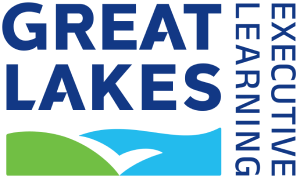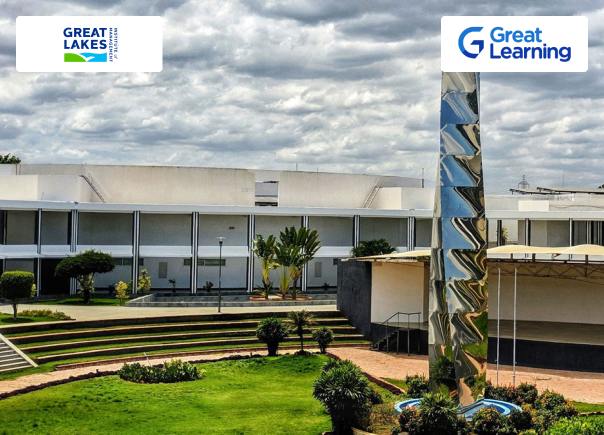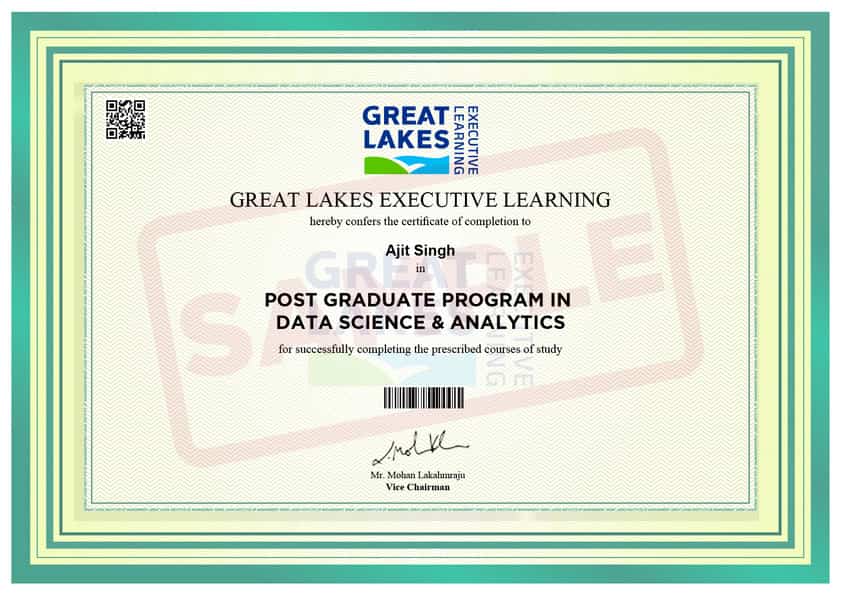Download Brochure
Check out the program and fee details in our brochure
Sorry, this content is currently not available
in your region
Continue to check out similar courses available to you
EXPLORE COURSESThanks for your interest!
An advisor will be reaching out to you soon.
Not able to view the brochure?
View Brochure




























